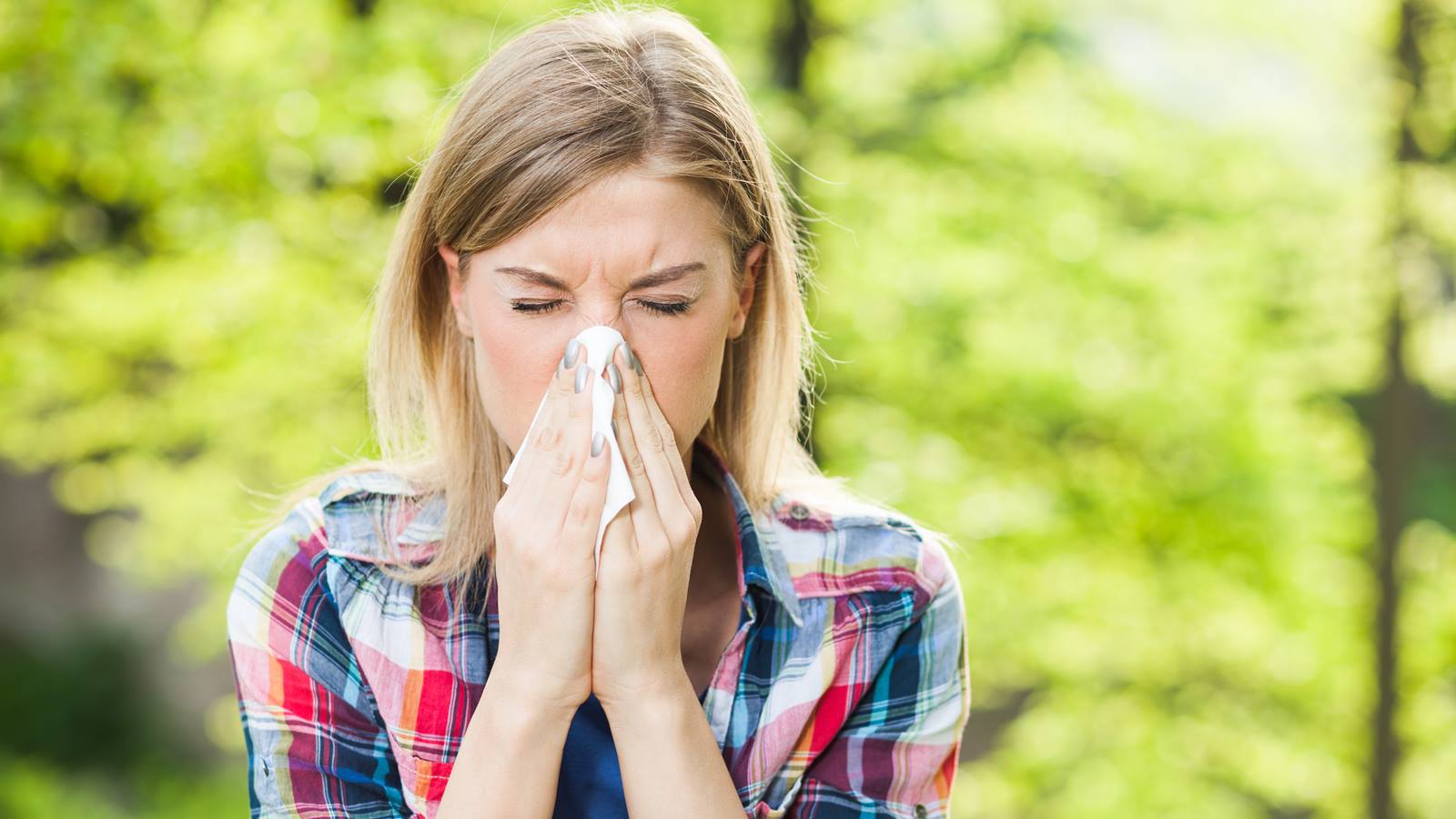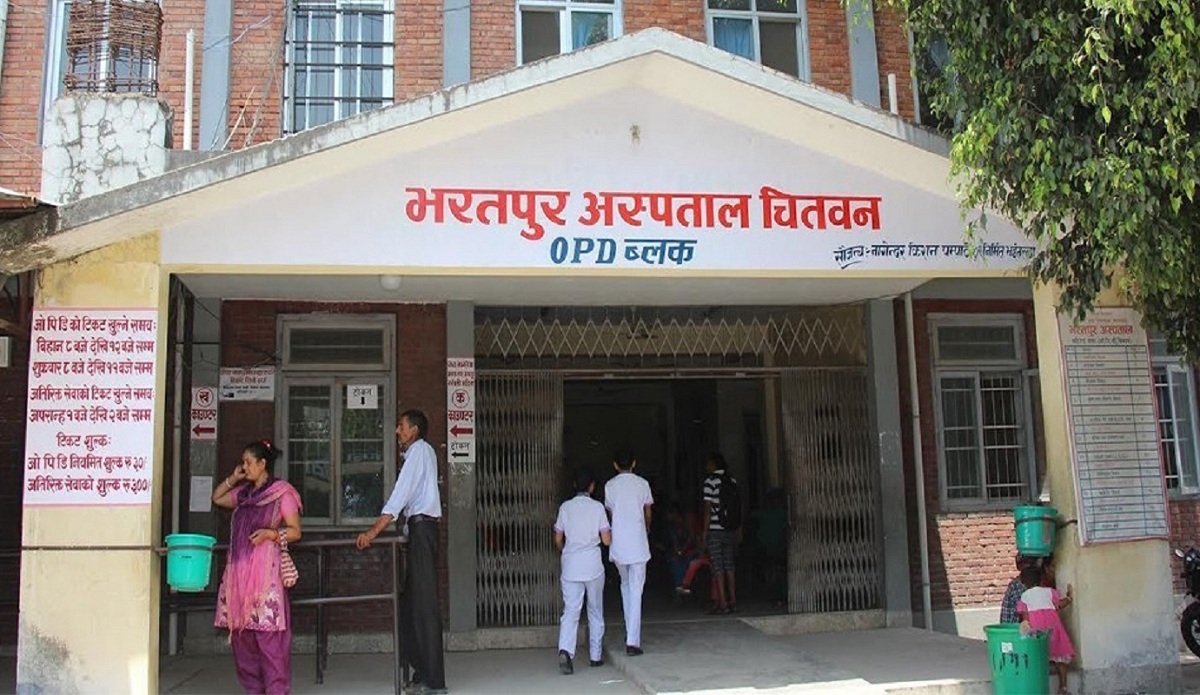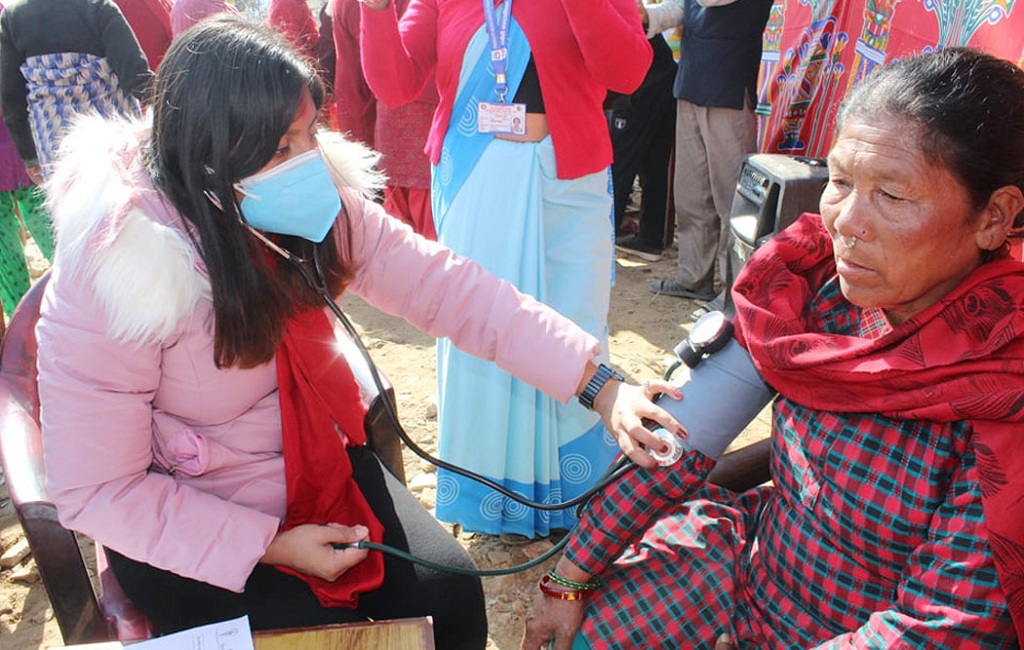Allergy season is here to stay
Every season comes with its own set of allergens.

KATHMANDU: April showers bring May flowers, but they also signal the beginning of allergy season. When tree and then grass pollen are circulating in the air, our eyes, noses and throats can be afflicted with symptoms.
But spring and summer aren’t the only time of year when seasonal allergies run rampant. Depending on where you live in the world, what’s airborne around you and the health of your immune system, you can experience seasonal allergy symptoms in the fall and winter months, too.
Allergist-immunologist David M. Lang, MD, explains when allergy seasons peak and how best to manage your symptoms when allergies strike.
Common allergy seasons
You can think of your immune system like an internal sheet of armor. It’s a full-body network of organs, white blood cells, proteins and chemicals that work to protect your body from germs and other foreign invaders. But sometimes, your immune system can be overprotective by identifying harmless substances like pollen, dust mites, mold and pet dander as foreign invaders it needs to fight off — this can result in seasonal allergies.
Different allergens peak during different seasons:
Spring: When temperatures start to warm up, tree pollen is released into the air and can be present all the way up until summer. Tree pollen tends to cause itchy or watery eyes, sneezing and nasal congestion.
Summer: Grass pollen peaks during the summer season and can even become airborne from late spring through early autumn. On warm, windy days, grass pollen can be at its highest. Hot, humid environments also produce an increase in mold spores.
Autumn: During the fall, weed pollen is at its highest, particularly ragweed. But even if you live in a region where ragweed doesn’t grow, wet soil and fallen leaves can lead to an increase in mold. “Molds are much more numerous in ambient air than pollens, and some molds are present in high amounts in damp, rainy conditions,” says Dr. Lang. “Other molds can peak on days of maximum heat and humidity, so mold counts can get very high in late summer or early autumn.”
Winter: Colder weather in many areas is a time when indoor allergens like mold, dust mites or pet dander are the most prominent allergens.
Weather can have a huge impact on the presence of allergens and cause them to peak earlier or later than expected. A cold, wet spring, for example, can delay tree pollen season and cause it to overlap with the peak of grass pollen season, making a double whammy for allergic reactions.
“Rain washes pollen from the air, so rainy days tend to be days with lower pollen counts,” Dr. Lang explains. “Conversely, warm and breezy summer days typically have higher pollen counts.”
For people who are polysensitized, or allergic to multiple allergens, allergic reactions can happen year-round, providing little to no relief.
“More frequently, we see people with year-round symptoms, and there are peaks in the warmer times of the year,” notes Dr. Lang. “But then, we may find on skin testing they’re sensitized to pollens and molds, as well as dust mites and cat or dog dander.”
Different allergies peak at different times depending on where you live in the world, too, and what might affect someone in one region might not affect anyone the same way in another region. For instance, in California, Bermuda grass is the major pollen allergen that triggers symptoms and ragweed isn’t an issue. In Texas, it’s mountain cedar trees.
“The cedar trees there pollinate early in the year, in January and February, and they can have much higher counts of tree pollen in the air than people might have in the Midwest,” says Dr. Lang.
How long do allergy symptoms last?
If you develop a seasonal allergy, you’ll likely experience symptoms around the same time every year. These symptoms will also last as long as allergens remain in the air. This happens because your immune system releases chemical mediators (including histamine) every time it recognizes an allergen as a foreign invader. Histamine increases blood flow to the affected area and triggers inflammation. Histamine causes the all too familiar symptoms of allergic rhinitis (hay fever), which include:
- Runny nose.
- Nasal congestion
- Sneezing
- Itching of your nose, eyes, ears, throat and/or the roof of your mouth.
- Swollen and watery eyes.
How to cope with seasonal allergies
Allergies can make you feel absolutely miserable, but it doesn’t have to always be that way. Dr. Lang recommends a combination of avoidance and medication. Closing the windows of your house (and your car when driving around) and using your air conditioner can greatly reduce the amount of pollen indoors. Medication is also recommended, based on high-quality evidence, to help manage the symptoms of allergic rhinitis, including:
Intranasal steroids: Available over-the-counter, Rhinocort® Nasacort® and Flonase® are common intranasal steroids that are effective for reducing inflammation and its associated symptoms.
Antihistamines: Non-sedating or low-sedating antihistamines like Claritin®, Allegra®, Zyrtec® and Xyzal® can be effective for reducing symptoms before they start if you take them before your body comes into contact with allergens.
Allergy shots: Also called allergen immunotherapy, allergy shots work to decrease your sensitivity to certain allergens over time and reduce the level of symptoms.
Home remedies are also available, but they may not be as effective as the above therapies. These include a high-efficiency particulate air (HEPA) filter, washing your bedding once a week, taking a hot shower and alternatives like acupuncture.
“If you’re experiencing symptoms that interfere with your desire to pursue activities or your symptoms are interfering with work or school performance, causing sleep disruption or sleep impairment despite avoidance measures and regular medications, you should see an allergist,” Dr. Lang advises. “We frequently see patients who are needlessly not feeling well and we can help.”
-Health Essentials









